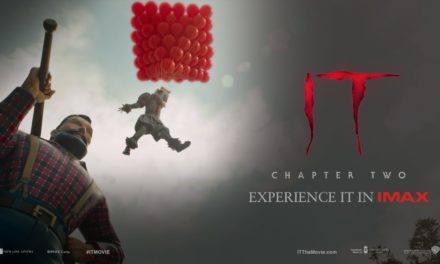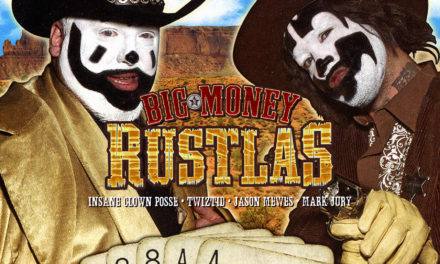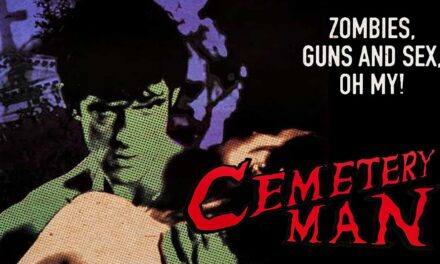After the success of 1931’s Frankenstein, director James Whale was given free rein from Universal on his next project. Whale decided to make 1932’s The Old Dark House, a haunted house horror film with touches of dark comedy. Because of his success, studio head Carl Laemmle, Jr. gave Whale total creative freedom, hiring him as a contract director. Following The Old Dark House, Whale decided on adapting the H. G. Wells novel The Invisible Man published in 1896. Whale cast Gloria Stuart as the female lead, who we worked with previously on The Old Dark House. For the title role, Whale cast unknown stage actor Claude Rains in what would be his big-screen debut. Special effects supervisor John P. Fulton, who previously worked on The Mummy, was tasked with making a man turn invisible. After a shoot lasting three months, The Invisible Man was released in November 1933.
%
Rating
Synopsis
Dr. Jack Griffin (Claude Rains) has found a way to turn himself invisible through chemistry but can’t turn himself visible. Wrapped in bandages and wearing goggles, he goes to The Lion’s Head Inn for shelter and to continue his research. Jenny Hall (Una O’Connor), the innkeeper’s wife, gets suspicious and demands her husband Herbert (Forrester Harvey) to evict him. The police are called in, so Griffin removes his bandages and clothes to reveal he’s invisible before escaping. Meanwhile, Griffin’s fiancee Flora Cranley (Gloria Stuart) becomes concerned over his disappearance while her father Dr. Cranley (Henry Travers) investigates. That night, Griffin returns to their home and forces his colleague Dr. Kemp (William Harrigan) to be his visible partner. As the police continue their search with Cranley and Kemp working alongside them, Flora tries convincing Griffin to come back. Will Griffin’s plans come to fruition, or will the police stop him?
Review
Along with Frankenstein, The Invisible Man continues to show how talented and revered a director James Whale was. While his previous monster movie was relatively serious, this one has more of a sense of humor to it. Granted, it’s still played straight, but Whale manages to sneak in plenty of darkly comedic moments throughout the film. One of the film’s biggest strengths is Claude Rains who, while mostly faceless, delivers a perfectly over-the-top and theatrical performance. He delivers his lines with such conviction and bravado that perfectly balances seriousness with a slight amount of camp. Gloria Stuart does a good job as the love interest, and Henry Travers and William Harrigan work well together. While Una O’Connor can come off as annoying with her constant screaming, it starts to become funny after a while. Also, special mention goes out to E. E. Clive as the sardonic Constable Jaffers.
Perhaps the most amazing thing about the film is the visual effects and how they made Claude Rains appear invisible. Through some camera trickery and black velvet, the effect is convincingly impressive given the time and the technology available. Considering this was made the same year as King Kong, 1933 was a monumental year in visual effects. Granted, some of the effects don’t hold up and haven’t aged well, but it’s nonetheless impressive and awe-inspiring. In fact, some of the film’s best gags revolve around invisibility, namely the Invisible Man messing around with the villagers. One particularly memorable moment is when he’s strolling down the street only wearing pants and singing a jaunty tune. Admittedly, the emphasis on humor might disappoint fans looking for pure horror, but it’s a welcome change of pace. Overall, The Invisible Man is a classic comedic chiller that’s worth seeing.
Buy The Invisible Man on Amazon: https://amzn.to/2Syzwao




